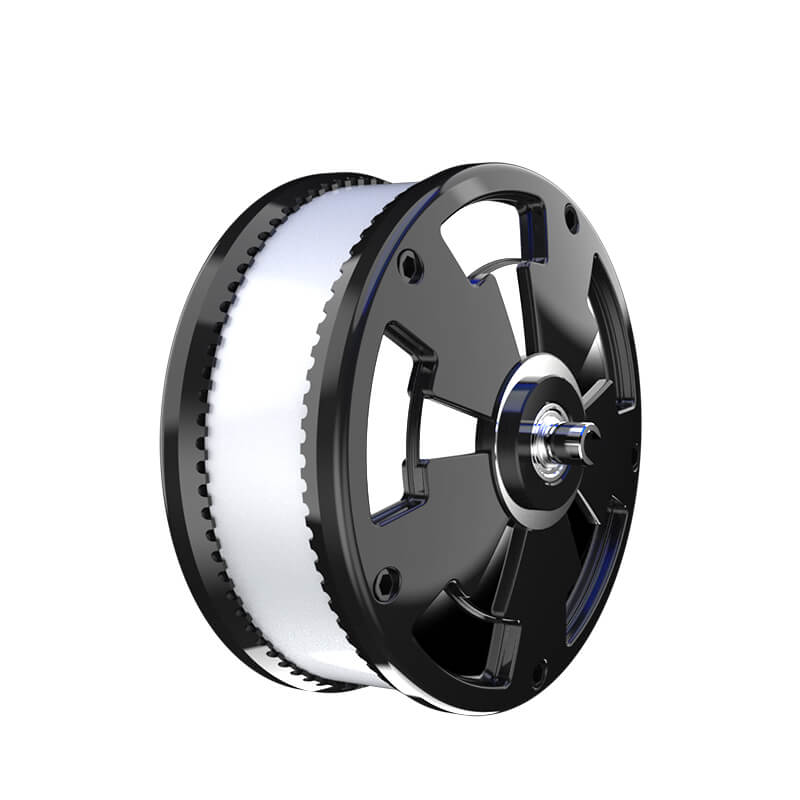Sure! Here's the first part of the article based on your theme "servo motor Arduino pins," with the specified format. I'll send the second part afterward.

Unleashing the Power of Servo Motors with Arduino: A Beginner’s Journey
Imagine a robot that gracefully moves its arm exactly where you want it to. Or a remote-controlled car that steers smoothly through complex turns. These are just glimpses of what servo motors can do, and at the heart of controlling them lies a very familiar device to electronics enthusiasts: the Arduino microcontroller.
If you're just starting out, the world of servo motors and their connection to Arduino might look intimidating, but once you understand how the core principles come together, it becomes an accessible and exciting adventure. Let's begin by understanding what servo motors are and how they fit into the Arduino ecosystem.
What Is a Servo Motor?
A servo motor is a compact rotary actuator used for precise control of angular position. Unlike regular motors that run continuously, servo motors are designed to move to a specific position and hold that position. This makes them invaluable for applications requiring precision, such as robotic arms, camera gimbals, or remote-controlled aircraft.
The typical servo motor includes a small DC motor coupled with a potentiometer (or a similar positional feedback device), gears, and a control circuit. When you send it a control signal, the internal circuitry compares the current position (from the potentiometer) to the desired position, adjusting motor power accordingly to synchronize the two. This closed-loop system ensures that the servo moves accurately and stays in the target position.
Types of Servo Motors
While there are various types of servo motors, in hobbyist and DIY contexts, the most common is the "standard hobby servo." These are inexpensive, easy to control, and widely available.
Other types include continuous rotation servos, which rotate endlessly like regular motors, and high-torque or digital servos with advanced features. However, for typical Arduino projects, a standard servo is the perfect starting point.
The Role of Arduino in Servo Control
Arduino, as a microcontroller platform, simplifies the process of interacting with servo motors. It provides dedicated libraries, such as the Servo.h library, that abstract many complexities, making it straightforward to command your servo to move to specific angles or positions.
Connecting a Servo to an Arduino: The Pins Matter
Understanding which pins to use for your servo is key. Arduino boards like the Uno come with multiple digital I/O pins. Among these, some are more suitable for servo connections due to their features:
Digital Pins: Servos use digital control signals, so you connect the signal wire to any digital I/O pin. PWM Pins: Many servo control signals are PWM (Pulse Width Modulation) signals, which are generated on certain Arduino pins. But interestingly, for standard servos, you don't necessarily need to connect to a PWM-capable pin—any digital pin will suffice when using the Servo library. Power and Ground: The servo's power and ground wires are connected to the Arduino's 5V (or 6V, depending on servo specifications) and GND pins respectively.
Standard Arduino Pinout for Servo Connection
Signal Pin: Any digital I/O pin (for example, pin 9 on Arduino Uno). Power (VCC): Arduino 5V pin. Ground (GND): Arduino GND pin.
This simple connection allows the Arduino to send control signals, powering the servo with an adequate power source.
Why Choose Specific Arduino Pins?
While it's flexible to connect servo signals to any digital pin, some considerations can optimize your project:
a) Dedicated PWM pins: They are used for tasks requiring precise timing or PWM signals, but for servos, pin choice is flexible.
b) Pin number convenience: Sometimes, using specific pins (like 9, 10) for servos in code can help organize your project, especially if you plan to connect multiple servos.
Controlling Multiple Servos
If your project involves multiple servos, you'll need to assign different digital pins to each one. Keep in mind that powering multiple servos from a single Arduino pin can be dangerous because it exceeds the Arduino's current supply capabilities. It’s recommended to use an external power supply for the servos, with common ground connected to the Arduino ground.
The Role of the Library in Simplifying Control
The Servo.h library in Arduino takes away the need for manually generating PWM signals, providing simple functions like write() to set angles easily.
Here's a minimal example:
#include Servo myServo; void setup() { myServo.attach(9); // attach to pin 9 } void loop() { myServo.write(90); // move to 90 degrees delay(1000); myServo.write(0); // move to 0 degrees delay(1000); myServo.write(180); // move to 180 degrees delay(1000); }
This core code demonstrates how simple it can be to control a servo.
Power Management Tips
Since servos draw more current than the Arduino can supply through its 5V pin, especially under load, consider powering the servos independently with a suitable power source. Connect the power supply’s voltage (commonly 5V or 6V) directly to the servo’s power line, and ensure the grounds are connected to prevent floating signals.
Summary of Key Points:
A servo motor is a device capable of precise angular positioning. It connects to Arduino via a signal pin, power, and ground. The signal pin can be any digital pin, but conventionally pins like 9 or 10 are used. Use the Servo.h library to simplify control. Power multiple servos from an external source, sharing common ground.
Kpower has delivered professional drive system solutions to over 500 enterprise clients globally with products covering various fields such as Smart Home Systems, Automatic Electronics, Robotics, Precision Agriculture, Drones, and Industrial Automation.




































